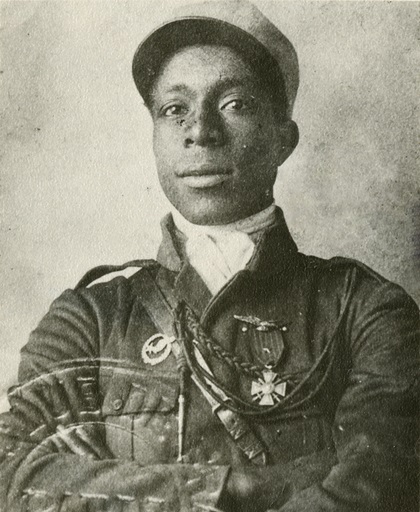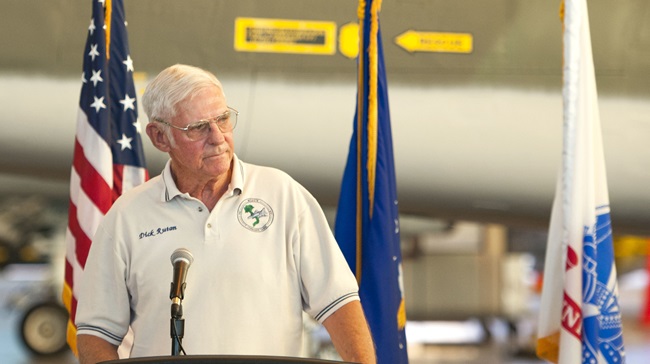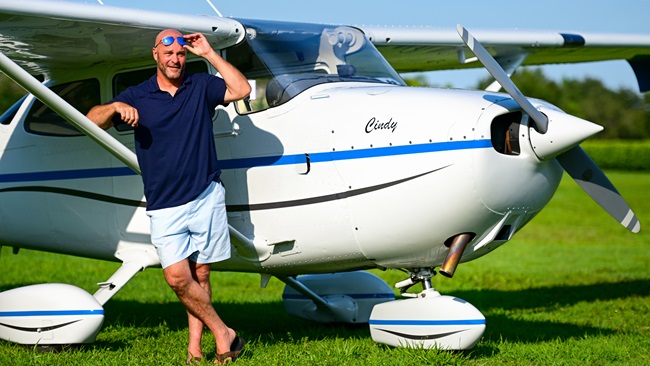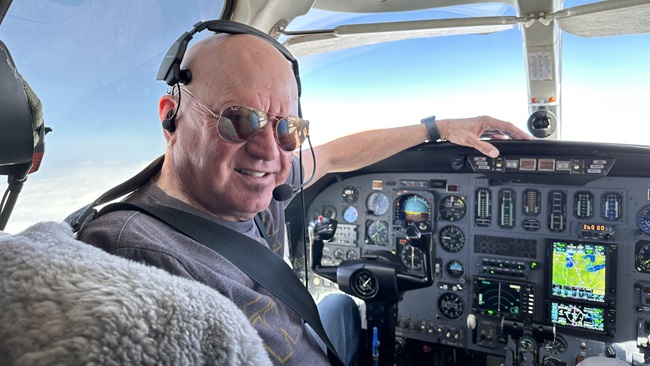Eugene Bullard: First African American military pilot flew for France
For African Americans in the early years of aviation, flight training was nearly impossible to obtain in the United States, so a few crossed oceans to have a chance to fly. One of them became a decorated combat pilot—fighting alongside French pilots in World War I.

Prejudice and segregation didn’t stop people like Bessie Coleman, the first African American woman to earn a pilot’s license, who sailed across the sea to learn to fly. Another African American living in France at the outbreak of World War I, Eugene Bullard, became the first African American to fly in battle. He is often erroneously credited as being the “world’s first Black combat aviator,” but historical research reveals that other men of African descent likely flew for various countries earlier than Bullard. However, Bullard was the first African American to fly into battle, although ironically, he never did so for the United States.
Eugene Bullard was born in 1895 in Columbus, Georgia, where he completed a fifth-grade education before leaving home at age 11 or 12. He tramped around the South before stowing away on a freighter that landed him in Scotland in 1912. He traveled onward to London where he competed in prizefights and performed with an African American entertainment troupe. In 1913, Bullard sailed to France for a boxing match and decided to settle in Paris, where he continued boxing and found work in music halls and nightclubs.
When World War I erupted in July 1914, Bullard enlisted in the French Foreign Legion. By 1915, he was a machine gunner and saw combat along the Somme and at the Battle of Verdun, during which he was wounded in March 1916. After recovering, he volunteered for the Aéronautique Militaire as a gunner. He completed gunnery training and was accepted into flight training and received his pilot’s license in May 1917.
Bullard was assigned to squadrons Nos. 93 and 85 and flew more than 20 combat missions. Some sources credit him with shooting down one or two German aircraft, although they were never confirmed, which was required to claim a victory. Photos show Bullard’s Spad VII biplane with an insignia of a heart pierced by a dagger and the slogan, “tout le sang qui coule est rouge” (all the blood that flows is red).
When the United States entered the war in 1917, Bullard attempted to join the U.S. Army Air Service, but was rejected, likely due to the racial prejudice of the time, but also because he was an enlisted man and the Army Air Service required pilots to be officers. However, he continued to fly with French squadrons.
“I got some comfort out of knowing that I was able to go on fighting in the same cause as other citizens of the U.S.,” he said.
Soon thereafter, he got into an argument (other sources say “fight”) with a French officer during a break in Paris. He was punished by being returned to his infantry regiment in January 1918; he served there until 1919. For his military service, the French government awarded Bullard the Croix de Guerre, the Croix du Combattant Volontaire 1914–1918, and the Médaille de Verdun, among many others.
After his discharge, Bullard returned to Paris, where he worked as a jazz drummer in nightclubs, continued boxing, and worked as a fitness trainer. Bullard also managed nightclubs and was able to buy “Le Grand Duc” nightclub, a fashionable spot in Montmartre. There, he met many famous people of the day, including Louis Armstrong, Josephine Baker, Ernest Hemingway, and French flyer Charles Nungesser.
Bullard also opened Bullard's Athletic Club, which offered physical training, boxing, massage, and hydrotherapy. He married a French woman and fathered two children, but the marriage ended in divorce. When World War II began in 1939, Bullard joined a French regiment, was wounded, and returned to the United States in 1940.
Settling in New York City, he worked as a salesman and security guard. With a financial settlement from the French government for the destruction of his Paris businesses during the war, he bought an apartment in Harlem. Through the 1950s, Bullard worked as an elevator operator at Rockefeller Center in midtown Manhattan. On December 22, 1959, he was interviewed on NBC’s Today Show and displayed his collection of medals.
The French people honored Bullard for his service in 1954 when he was one of three men invited to relight the flame at the Tomb of the Unknown Soldier in Paris. In 1959 he was made a Knight of the National Order of the Legion of Honor.
Bullard died in New York City on October 12, 1961, at age 66 and was buried in the French War Veterans’ section of Flushing Cemetery, in the borough of Queens, New York City.
Legacy
In 1989, Bullard was inducted into the Georgia Aviation Hall of Fame. In 1994, he was posthumously commissioned a second lieutenant in the U.S. Air Force. The McDonnell Douglas Corp. donated a bronze bust of Bullard to the Smithsonian National Air and Space Museum, and the Museum of Aviation in Warner Robins, Georgia, erected a statue of Bullard outside the museum. Bullard’s medals are on display at the National Museum of the United States Air Force in Dayton, Ohio, and two biographies are available: Eugene Bullard: Black Expatriate in Jazz-Age Paris by Craig Lloyd, and All Blood Runs Red: The Legendary Life of Eugene Bullard—Boxer, Pilot, Soldier, Spy by Tom Clavin and Phil Keith.
Visit Bullard’s hometown
Fly 100 miles southwest from Atlanta to Columbus Airport, four miles northeast of town. It sits at 397 feet msl with two asphalt runways. Runway 06/24 is 6,997 feet by 150 feet, and Runway 13/31 is 3,997 feet by 75 feet. For fuel and parking, contact Flightways Columbus, the full-service FBO at the airport. A marker in Columbus stands near the site of Bullard’s childhood house at the intersection of Talbotton Road and Ashley Station Boulevard. Columbus has a few sites that may interest pilots, such as the National Infantry Museum and Soldier Center, located at nearby Fort Benning, the Coca-Cola Space Science Center, and the National Civil War Naval Museum, which exhibits two Civil War naval vessels, uniforms, and weapons used by the Union and Confederate navies.


